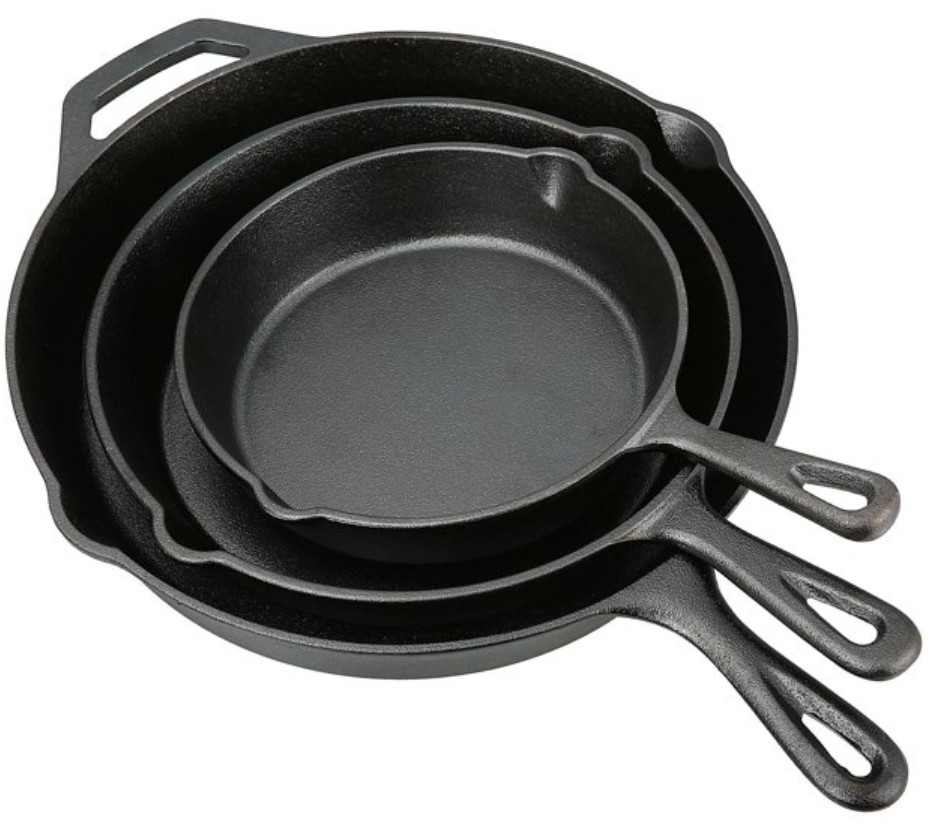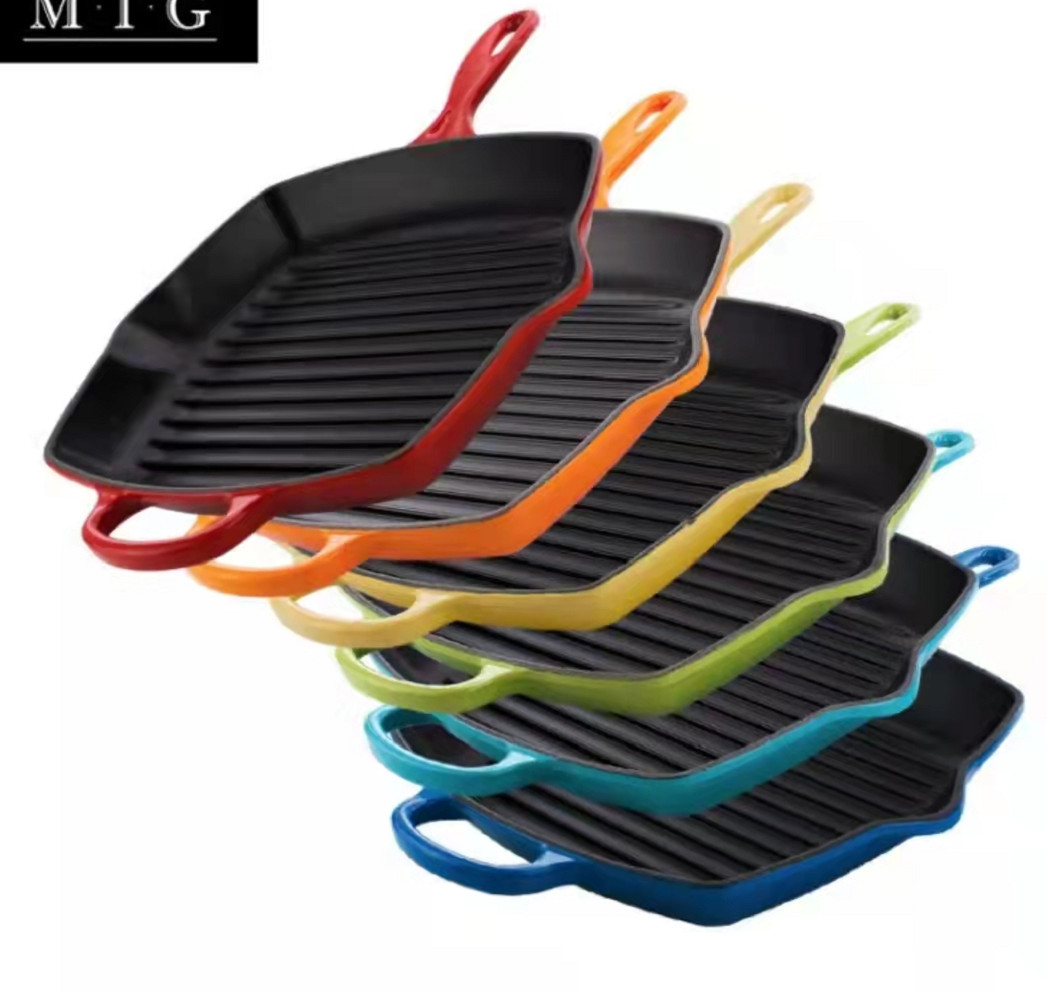- 150m Southwards, West DingWei Road, Nanlou Village, Changan Town, GaoCheng Area, Shijiazhuang, HeBei, China
- monica@foundryasia.com
Jun . 12, 2023 18:48 Back to list
WHAT IS CAST IRON COOKWARE
What is cast iron cookware:
Cast iron cookware is heavy-duty cookware which is made of cast iron is valued for its heat retention, durability, ability to be used at very high temperatures, and non-stick cooking when properly seasoned.
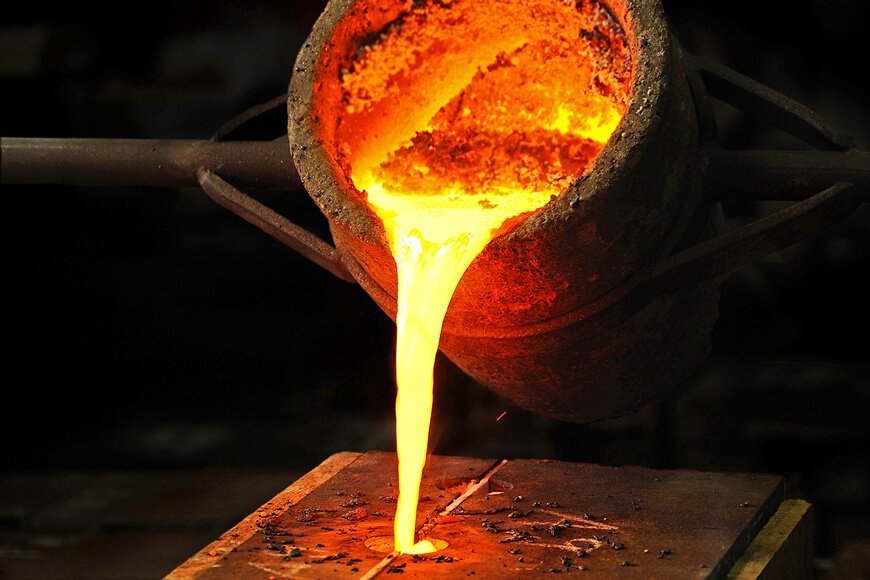
History of cast iron cookware
In Asia, particularly China, India, Korea and Japan, there is a long history of cooking with cast iron vessels. The first mention of a cast-iron kettle in English appeared in 679 or 680, though this wasn't the first use of metal vessels for cooking. The term pot came into use in 1180. Both terms referred to a vessel capable of withstanding the direct heat of a fire. Cast-iron cauldrons and cooking pots were valued as kitchen items for their durability and their ability to retain heat evenly, thus improving the quality of cooked meals.
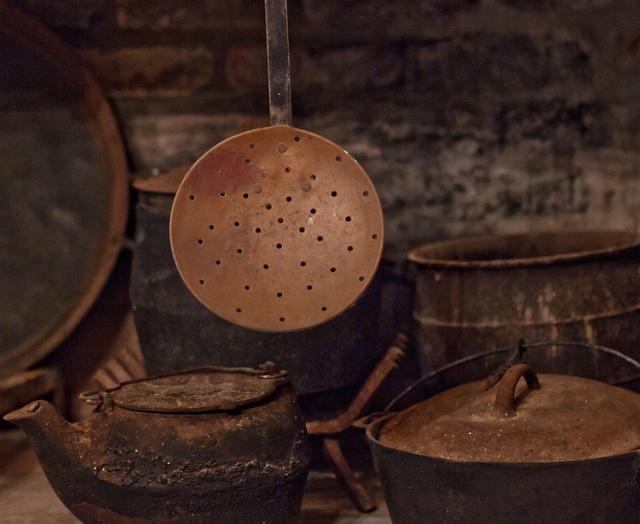
In Europe and the United States, before the introduction of the kitchen stove in the middle of the 19th century, meals were cooked in the hearth, and cooking pots and pans were either designed for use in the hearth, or to be suspended within it.
Cast-iron pots were made with handles to allow them to be hung over a fire, or with legs so that they could stand in the coals. In addition to Dutch ovens with three or four feet, which Abraham Darby I secured a patent in 1708 to produce, a commonly used cast-iron cooking pan called a spider had a handle and three legs allowing it to stand upright over campfires as well as in the coals and ashes of a fireplace.
Cooking pots and pans with legless, flat bottoms came into use when cooking stoves became popular; this period of the late 19th century saw the introduction of the flat
cast-iron skillet.
Cast-iron cookware was especially popular among homemakers during the first half of the 20th century. It was a cheap, yet durable cookware. Most American households had at least one cast-iron cooking pan.
The 20th century also saw the introduction and popularization of enamel-coated cast-iron cookware.
Today, of the large selection of cookware that can be purchased from kitchen suppliers, cast iron comprises only a small fraction. However, the durability and reliability of cast iron as a cooking tool has ensured its survival. Cast-iron pots and pans from the 19th and 20th century continue to see daily use to the present day. They are also highly sought after by antique collectors and dealers. Cast iron has also seen a resurgence of its popularity in specialty markets. Through cooking shows, celebrity chefs have brought renewed attention to traditional cooking methods, especially the use of cast iron.
Essential products
Types of cast iron cookware include frying pans, Dutch ovens, griddles, waffles irons, panini press, deep fryers, woks, fondu and potjies.
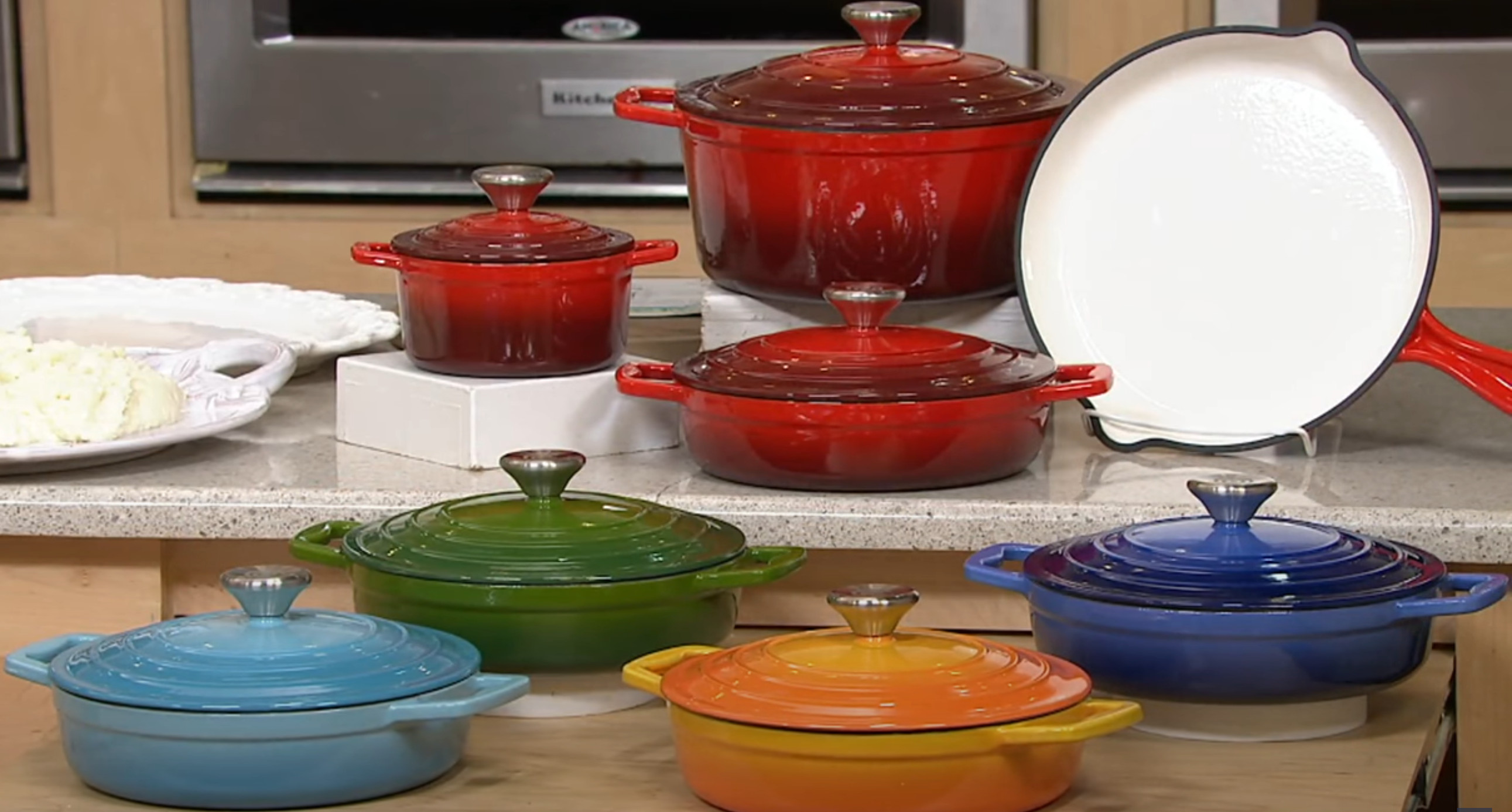
Benefits of cast iron cookware
Cast iron's ability to withstand and maintain very high cooking temperatures makes it a common choice for searing or frying, and its excellent heat retention makes it a good option for long-cooking stews or braised dishes.
Because cast-iron skillets can develop a "non-stick" surface when cared for properly, they are excellent for frying potatoes or preparing stir-fries. Some cooks consider cast iron a good choice for egg dishes, while others feel the iron adds an off-flavor to eggs. Other uses of cast-iron pans include baking, for instance for making cornbread, cobblers and cakes.
Many recipes call for the use of a cast-iron skillet or pot, especially so that the dish can be initially seared or fried on the stovetop then transferred into the oven, pan and all, to finish baking. Likewise, cast-iron skillets can double as baking dishes. This differs from many other cooking pots, which have varying components that may be damaged by the excessive temperatures of 400 °F (204 °C) or more.
-
Product introduction of Changan Cast Iron Co., LTD
NewsJan.24,2024
-
The Impact of the Leidenfrost Effect on Non-Stick Properties of Cast Iron Titanium Coated Cookware
NewsJan.24,2024
-
Exploring the Culinary Divide——Cast Iron Casseroles vs Regular Casseroles
NewsJan.03,2024
-
Packaging Workshop Rearranged with Shelving and 3D Storage for Goods
NewsDec.29,2023
-
Cleaning a used cast iron enamel pot can be done effectively with the following steps:
NewsDec.27,2023
-
Metallographic Structure for enamel on cast iron
NewsDec.27,2023
